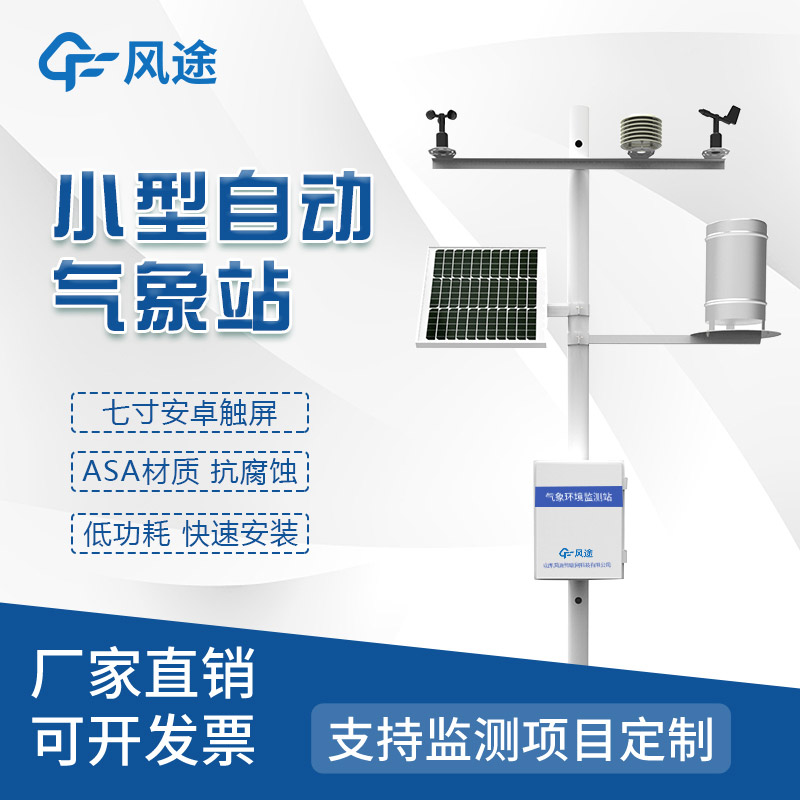In the development history of meteorological monitoring, the emergence of Small automatic weather stations has brought remarkable changes to the industry.
Small automatic weather stations are equipped with high - precision temperature sensors, ultrasonic wind speed and direction sensors, etc. They feature higher resolution and smaller measurement errors. Data collection, processing, and storage are automated. The stations automatically collect and analyze meteorological element data at preset intervals. Through the Internet, staff can remotely monitor and manage the stations, obtain device status at any time, and quickly troubleshoot faults, which greatly reduces labor costs.
These stations support multiple data transmission methods such as GPRS and satellite communication, breaking geographical limitations. The data transmission is fast and stable. This characteristic significantly improves the real - time nature of data, providing timely information for weather forecasting.
Small automatic weather stations have more extensive functions. In addition to observing conventional meteorological elements, they can integrate more monitoring functions such as solar radiation and soil moisture, comprehensively reflecting the meteorological environment. With the help of data analysis technology, they can provide refined weather forecasts, disaster early warnings, and other services to meet the diverse needs of multiple fields.
These weather stations not only serve weather forecasting but also interact with the agricultural and transportation sectors. For example, in farmland monitoring, they automatically analyze temperature and humidity data and interact with irrigation systems to achieve precise agricultural management. In smart cities, they can monitor the concentration of air pollutants in real - time, providing a basis for environmental protection decision - making.

Article address:https://www.sqqx.net/en/news/594.html

 +86 15898932201
+86 15898932201



